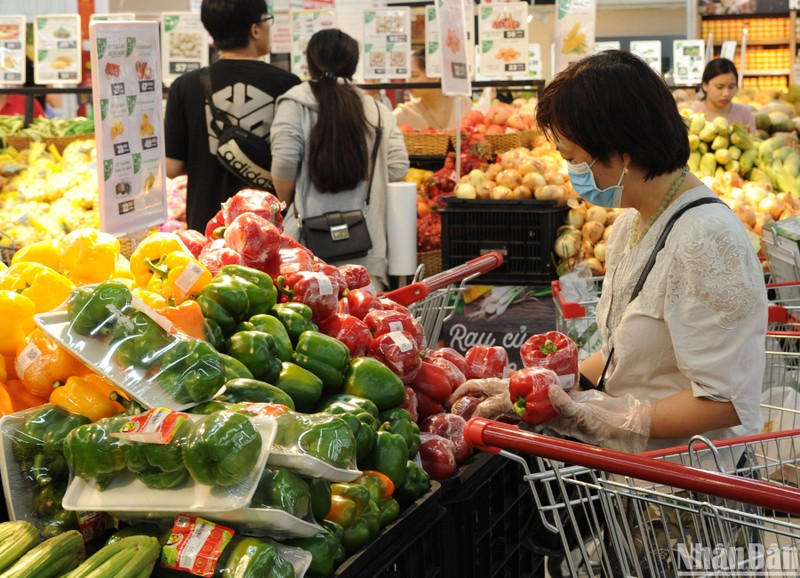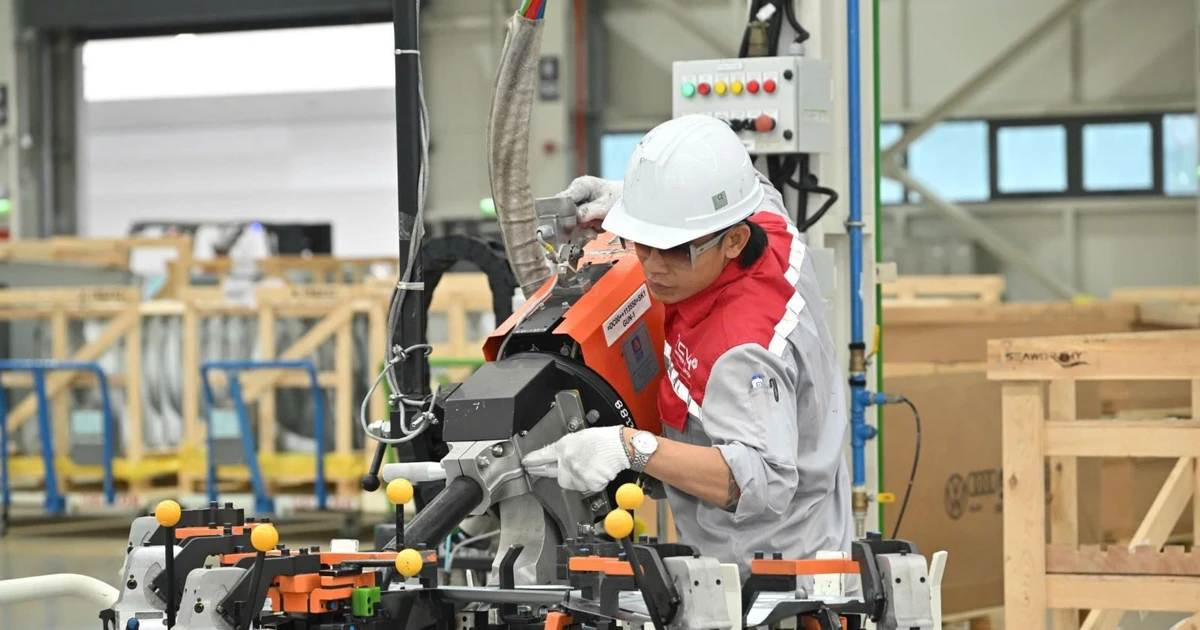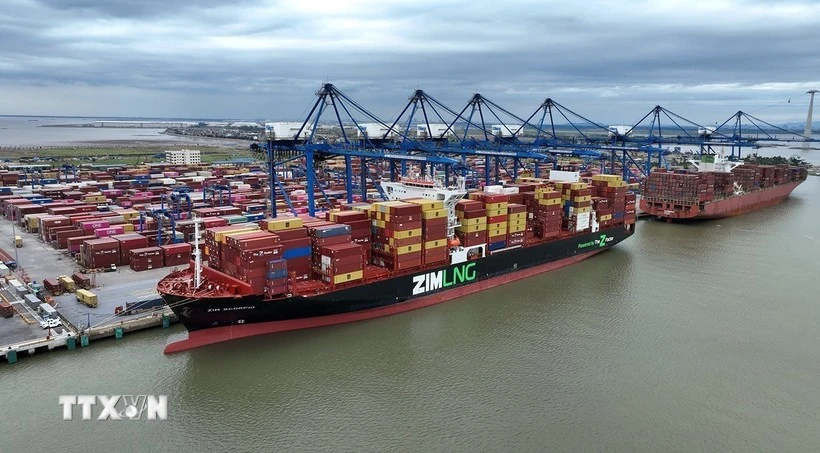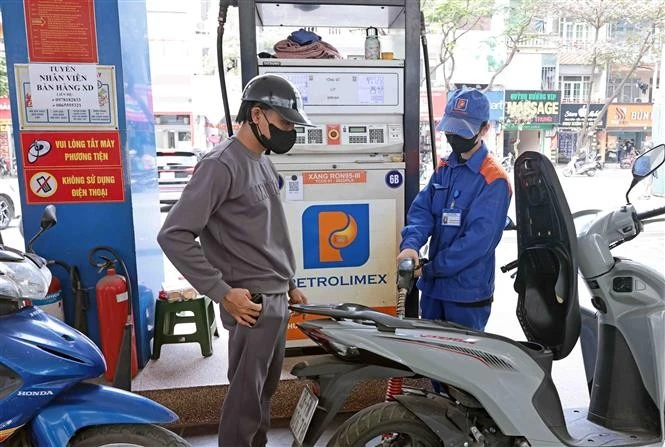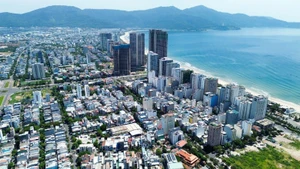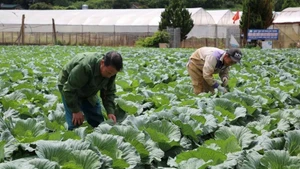Large investments in the retail market
According to Bangkok Post, Central Retail Corporation (CRC), Thailand’s biggest retail group, announced its largest investment in Vietnam in the 2023-2027 period, worth 50 billion baht (1.45 billion USD).
CRC CEO Yol Phokasub said that CRC considers Vietnam a high potential market with increasing economic growth. With a strong foothold in Vietnam, the company has laid out a five-year roadmap for further expansion and allocation of 50 billion baht.
As one of the largest retailers in Vietnam, Central Retail Vietnam has more than 340 stores with a total floor area of more than 1.2 million m2 across 40 provinces and cities nationwide.
The company has recorded rapid sales revenue growth in Vietnam, increasing from 300 million baht in 2014 to 38.6 billion baht in 2021.
CEO of Central Retail Vietnam Olivier Langlet said “Vietnam’s economy continues to grow despite uncertainties. I expect Vietnam’s GDP to expand by 6.7% and 7.2% in 2023 and 2024, respectively, compared with 3.5% per year for Thailand. This will make Vietnam the fastest growing market in Southeast Asia.”
Under the expansion plan, Central Retail Vietnam aims to double the number of stores to 600 in 57 out of 63 provinces and cities across Vietnam by 2027, with a total floor area of 2 million m2. “Central Retail Vietnam has set its ambition to become the No. 1 food omni-channel retailer and the No.2 in terms of the number of shopping malls in Vietnam by 2027,” Langlet said.
In addition to Central Retail Vietnam, many other retail channels are also expected to increase investment in the Vietnamese market. Japan’s Aeon Group is planning to implement 16 more projects in Vietnam until 2025, including 3-4 projects in Hanoi, while it will also launch new retail models.
Regarding domestic retail businesses, Deputy General Director of WinCommerce Nguyen Thi Phuong said that WinCommerce will maintain 3,400 supermarkets and convenience stores in 62 provinces and cities and will continue to promote its system of supermarkets and convenience stores.
 |
| Experts say that it is necessary to build distribution channels of Vietnamese enterprises to serve Vietnamese consumers. (Photo: NDO) |
Expectations to flourish
According to the General Statistics Office, the Vietnam’s total retail sales of consumer goods and services reached 544.8 trillion VND in January 2023, up 20% over the same period last year. This is a positive figure in the context that the market is still facing inflation pressure and declines in people’s spending.
The total size of Vietnam’s retail market is over 140 billion USD, and it is expected to increase to about 350 billion USD by 2025. This figure will contribute about 59% to the country’s GDP. The retail industry is also a high-growth industry, making a great contribution to the country’s GDP growth and contributing to the economic restructuring towards increasing the proportion of industries and services.
However, the scale of modern retail channels is still very modest, accounting for only 25% of the total market size, while this proportion is quite high in other countries in the region, such as 48% in Thailand, 75% in the Philippines and 80% in Singapore.
The increase in the scale of modern retail channels will strongly promote domestic production activities and the transformation of modern and safe production models as well as ensure the control of food safety and hygiene and the development of products according to value chain and sustainability.
The government also identifies investment, export and consumption as the three main spearheads of Vietnam’s economic development.
After the pandemic, Vietnam’s retail sales have recovered quickly. Total retail sales of consumer goods and services in 2022 increased by nearly 20%, exceeding the set plan of 8%. Nearly 54% of retail businesses have announced business performance equal to or exceeding pre-epidemic levels.
The potential of Vietnam’s retail market is still very large as Vietnam’s modern retail channels currently account for only 25% of the market size. The number of convenience stores and mini supermarkets is about 4,000 but remains very low compared to Japan or other neighbouring countries.
Vu Vinh Phu, a retail expert, predicts that Vietnam’s retail market is currently on a good recovery path with the same growth rate as before the pandemic. Phu also highly appreciated the investment of enterprises in the retail industry and said that this is a sign of a strong recovery of the market in 2023. However, the massive influx of foreign capital into the Vietnamese retail market also puts certain pressures on the market share of domestic retailers.
“Facing this situation, the Government, ministries, and sectors must have policies to support the development of domestic corporations and retail businesses, because if you don’t hold distribution, you can’t manage production. Therefore, in addition to attracting foreign investment into the retail industry, it is also extremely important to build Vietnamese retail channels managed by Vietnamese people,” Vu Vinh Phu said.
Nguyen Thi Phuong said that besides advantages, the challenges faced by domestic retailers include competition with FDI retailers in terms of scale, logistics costs, and rental costs.
In order to recover and promote the retail market in 2023, Vu Vinh Phu said that businesses need to take the initiative in stockpiling goods and balancing supply and demand by cooperating with cooperatives and farmers to have a source of goods at stable prices and to solve the situation of “bumper harvest resulting in declining prices” as seen in previous years.
In addition, it is necessary to promote omni-channel sales so as not to miss any potential customers into the hands of competitors and provide a seamless experience for customers from online to offline channels.
It is also important to focus on branding which is an important factor determining the existence of every business. Consumers will choose goods from businesses that always consider the “customer first” and always respect and protect the legitimate rights of customers. That is also the way to build brand and reputation, as well as corporate culture.
